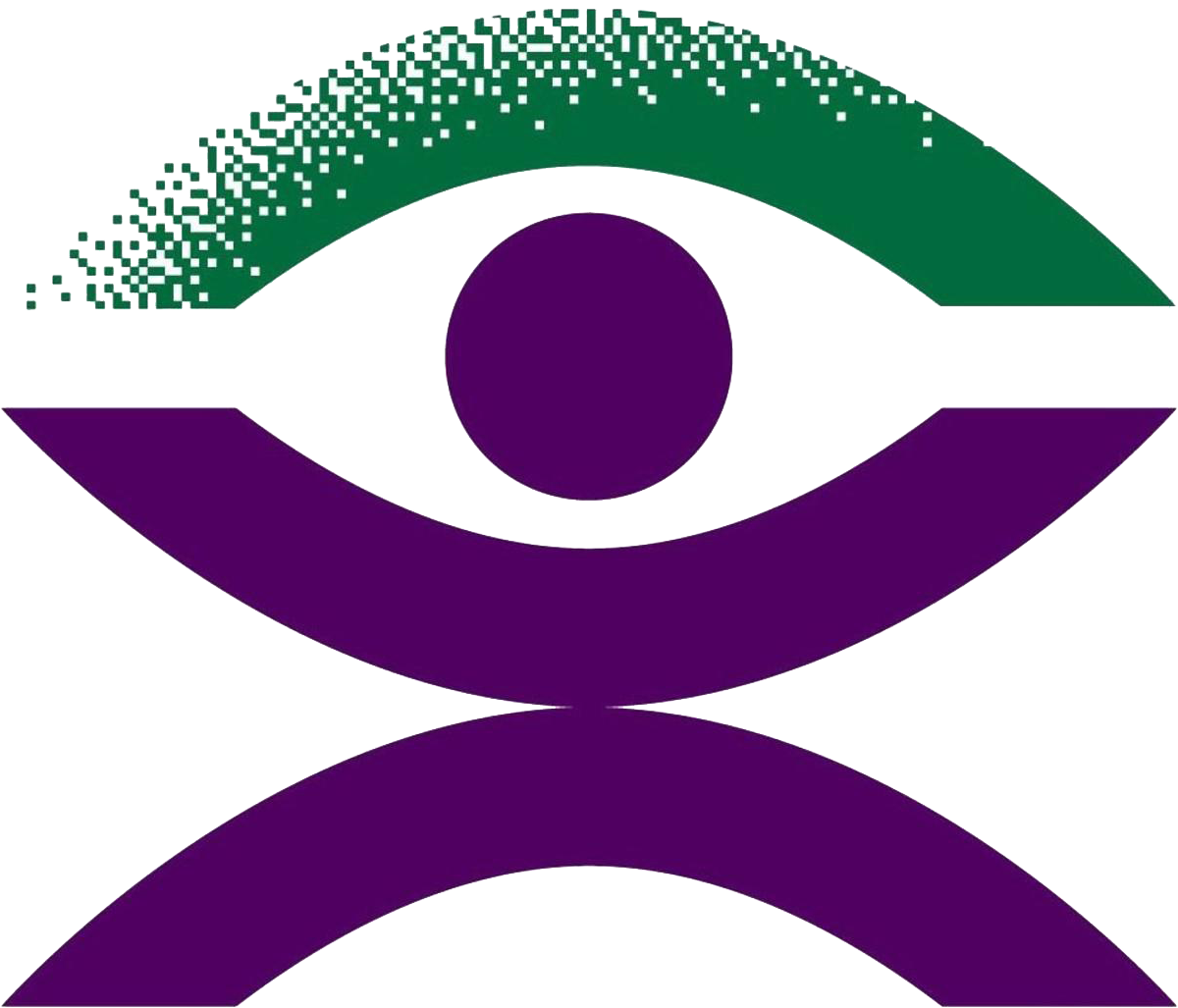By Ramona Mandy
I am representing BCA as part of an expert advisory panel for an Australian Research Council funded project. This project is looking at 3D Printing for accessibility. The project title is “Using 3D Printing to Improve Access to Graphics by Vision Impaired People”. It is mainly being carried out by researchers at Monash University, but they are working in collaboration with several organisations from the blindness sector, such as the Royal Institute for Deaf and Blind Children (RIDBC), Statewide Vision Resource Centre (SVRC), Round Table on Information Access for People with Print Disabilities Inc. and the Department of Education and Training, Victoria.
In brief, this three-year project will investigate the use of 3D printing as a new means of accessing graphics for people who are blind or vision impaired. Generally speaking, it is about exploring feasibility of 3D printing for such things as STEM materials, tactile literacy and maps for O&M. The project’s goal is to overcome the existing barriers to accessible 3D printed models by developing evidence-based guidelines for their use and design, and building capability in the blindness sector.
There are four research aims:
- Determine the kinds of purposes for which 3D printed models are well-suited, with a focus on education and O&M training.
- Evaluate strategies for touch reading 3D prints.
- Develop design and production guidelines for accessible 3D prints.
- Develop effective interfaces and low-cost technologies for augmenting 3D prints with interactive audio.
The project has been broken into six work packages, each with distinct objectives and areas of application. They vary in their planned start and end dates but usually span one to two years. The work package areas are: teaching tactile literacy, maps and plans for O&M training, adding interactive audio labels, teaching place and geography, teaching STEM, and building sector capability.
The Expert Advisory Group comprises the researchers from Monash University, the partner investigators from RIDBC and SVRC, and representatives from Round Table, the Victorian Department of Education, Guide Dogs Victoria, Royal Society for the Blind, Tactile Mapping Solutions, Vision Australia and BCA.
The expert advisory group met for the first time in November last year and will meet every 3 months from March this year. The group’s role is to:
- Help guide the research, making sure it is on track and addressing the needs of the sector.
- Facilitate communication, representing our respective organisations and liaising between the Expert Advisory Group and our own organisation.
- Disseminate what the project is doing within the broader community.
- Help with evaluation, connecting the researchers with testers.
The work that the project staff are undertaking in this first year includes:
- Having brainstorming sessions with stakeholders, looking at some initial 3D models of shapes and book characters for education, and experimenting with methods for connecting pieces. Magnets are working best so far.
- Investigating maps and plans for O&M training and components being developed that will be used to construct models for a variety of road crossings, and exploring methods for representing multiple floors/levels on a 3D map.
- Commencing investigation of methods for adding interactive audio labels to maps and STEM materials.
There are a number of planned activities for reaching out to the blindness sector and promoting the project work and developments as the work progresses. This includes presentations and workshops at sector conferences such as Round Table and SPEVI and national and international O&M conferences, media releases and placing articles in organisational newsletters and journals.
It is very pleasing and important that those undertaking the project have included the consumer voice in the form of BCA representation on the advisory panel that provides guidance to the project. I’m very happy to be involved in this way. I am totally blind, a braille user and I have personal experience of my learning being enhanced through 3D models. I look forward to the exciting outcomes that I anticipate will come of this project, and I expect you will be hearing more on this topic before too long.

